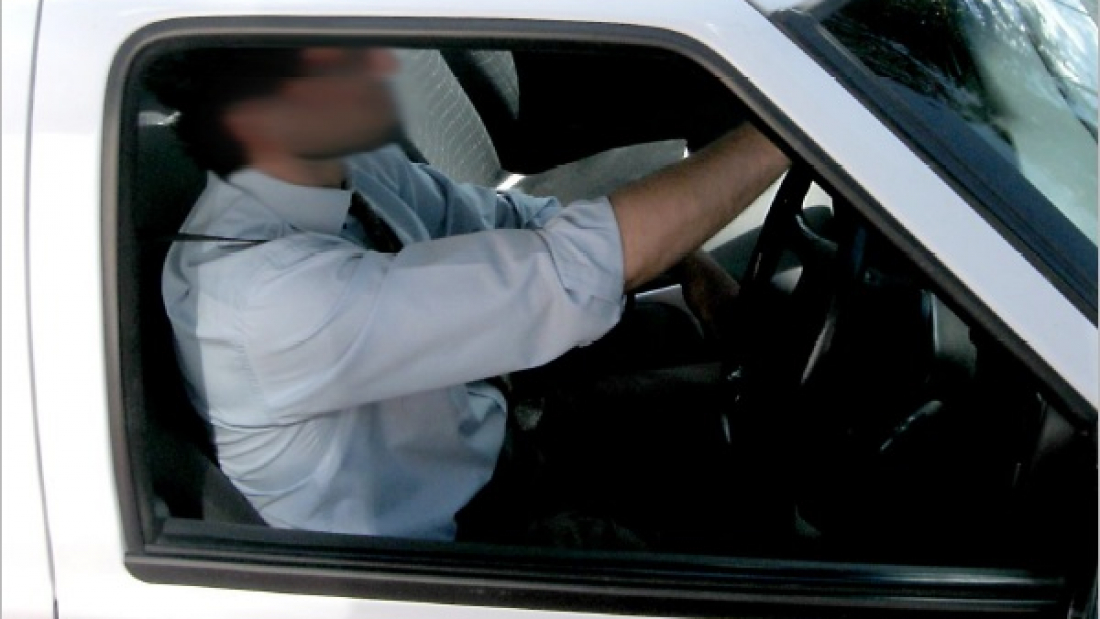Safer Drivers Program
Work-Related Fatalities
In the last 10 years of data, vehicle accidents accounted for over 65% of Australian workplace fatalities. Nearly 15% of these were light vehicles, such as company cars, utes and vans. 58 bystanders were killed when struck by company cars.
In the last 5 years of data, 10% of vehicle-related fatalities were single, light vehicle crashes. That is, the driver was solely responsible for their fatal accident.
Other Work-Related Incidents
In addition to the fatalities, there are more than 3,000 Workers Compensation claims made in Australia for serious vehicle-related incidents each year. On average, each incident results in the worker being off work for 5 weeks and a workers’ compensation bill exceeding $9,000.
Managing Risk
Is your organisation managing what is most likely its highest risk activity? Unfortunately, managing driver safety is not like other work health & safety risks in your business.
Drivers spend most of their days unsupervised and therefore don’t receive immediate managerial feedback on their decisions and actions.
In fact, in most cases, the only way to know if your drivers are safe is by monitoring the number of infringements they receive and accidents they are having and that’s no way to manage safety.
Safer Drivers Program
Your drivers know how to drive safe. They are licensed, experienced and, in some cases have already undergone a range of driver programs over the years. Your fleet is equipped with more safety technology than ever before. But none of these can improve the attitude, decision making and behaviours of your drivers.
The OSHEM Solutions “Safer Drivers Program” is designed to do this. Research shows that such a program is more successful at reducing both the number and severity of accidents than customised driver training programs, safety awareness campaigns and even paid incentives.
We are so confident in our Safer Drivers Program that we guarantee improvement.
Want to know more?
Contact us on 1300 657 279 to discuss your needs and find out more about our Safer Drivers Program guarantee. Or download our Safer Drivers Program Flyer.

